#Nineties
Buy/Drive/Burn: Hot Japanese Sport Compacts From 2009
On a recent Buy/Drive/Burn that featured some alternative Japanese compacts from 2008, frequent commenter theflyersfan suggested a second look at the same three cars, but in hotter variants. Today’s the day, and it’s 2009.
Buy/Drive/Burn: Alternative Japanese Compacts From 2008
In our last edition of Buy/Drive/Burn, we considered the Mazda Protegé, Mitsubishi Mirage, and Subaru Impreza sedans from 1998. Most of you preferred the Protegé as your Buy of the three. Today we fast forward to the same offerings in 2008, and see if things shake out differently.
Buy/Drive/Burn: Alternative Japanese Compacts From 1998
Our last two Buy/Drive/Burn entries covered the 1998 and 2008 versions of three mainstream Japanese compact sedans: Civic, Corolla, and Sentra. Today we look at the alternative offerings in 1998 from Mazda, Mitsubishi, and Subaru.
QOTD: Terrible Nineties Sports Car Design From Japan?
Today marks the final entry in our Question of the Day series discussing bad sporty car design from the Nineties. So far we’ve covered America and Europe, and we now finish up with poor sports car designs from Japan.
QOTD: Terrible Nineties Sports Car Design From Europe?
On last Wednesday’s Question of the Day post, we began our examination of terrible styling on sporty cars of the 1990s. First up was America, and the oft-fiddled Mercury Cougar. This week we turn our attention to Europe, and sporty designs from across the ocean that didn’t quite work.
QOTD: Stunning Nineties Sports Car Design From Europe?
In last Wednesday’s QOTD post, we began our discussions on the finer examples of sports car design from the 1990s. Our first stop along the route was America. This week, we take a trip across the ocean and consider sports cars from Europe.
QOTD: Stunning Nineties Sports Car Design From America?
We’ve had four different Questions of the Day focused on design over the past few months. Starting with good and bad Nineties design in general, we soon proceeded to the good and bad aspects of Nineties truck design.
Commenter theflyersfan feels we should have a discussion about Nineties sports car styling in particular. So here we are, setting off on a voyage for Nineties sports car bliss. America’s up first.
Buy/Drive/Burn: Compact Japanese SUVs From 1991
Last time on Buy/Drive/Burn, we considered three-door Japanese SUVs from 1989. In this edition, we move forward a couple years in history and down a size class. Up for grabs are compact SUVs with removable roofs, all of them Japanese.
QOTD: Trucking Awful Nineties Design From Asia?
Today’s QOTD marks the last post in the Nineties design discussion on which we embarked in the beginning of May. We discussed the good and bad points of Nineties design from America, Europe, and Asia. SUVs and trucks were off-limits initially, until we focused solely on them starting in June. As our final entry in the Nineties, we talk bad SUV and truck design from Asia.
QOTD: Trucking Awful Nineties Design From Europe?
Last week, in our Wednesday QOTD post, we switched over to the darker side of truck and SUV design from the Nineties. It seemed many of our dear readers were less than fans of the so-called “jellybean” Ford F-150. This week, attention shifts to east — to Europe. Which trucks and SUVs from that most stylish of continents have aged the worst in terms of styling?
QOTD: Trucking Great Nineties Design in Asia?
In today’s QOTD we conclude the discussion started a couple of weeks ago when we asked for the best-aged truck and SUV designs from the Nineties. First up were American brands, followed by Europe last week. Over 10,000 of you (probably) agreed with sample submission Discovery II last week; let’s see how well this week’s Asian selection sits.
QOTD: Trucking Great Nineties Design in Europe?
In the Wednesday QOTD last week, we began our considerations of the truck and SUV models from the nineties which aged most gracefully. American offerings were the first up for discussion, and the majority of you chimed in to agree with my assessment of the GMT 400 trucks as some of the best-aged designs. There were so many great GMT variations from which to choose!
Today we move on to Europe, which may be more challenging.
QOTD: Trucking Great Nineties Design in America?
Over the past few weeks we’ve discussed 1990s car design on Wednesday’s Question of the Day entry. We spent three weeks talking about the good and three weeks talking about the bad. But those discussions were limited to body styles other than trucks — and by extension, SUVs. Great news! The Dacia Sandero restriction is now off the table.



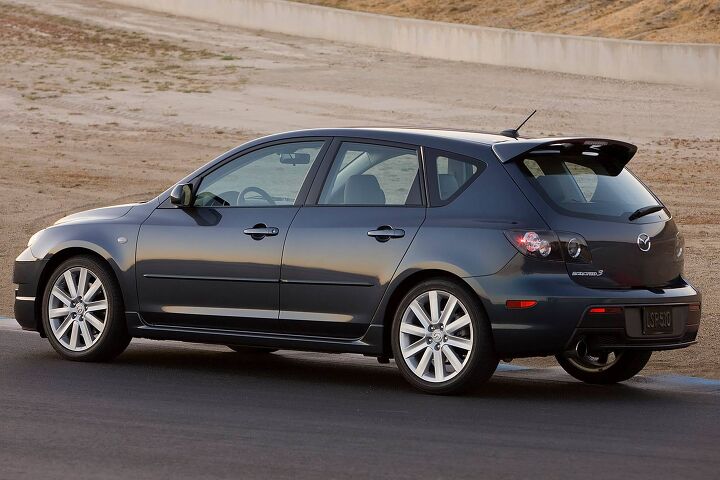




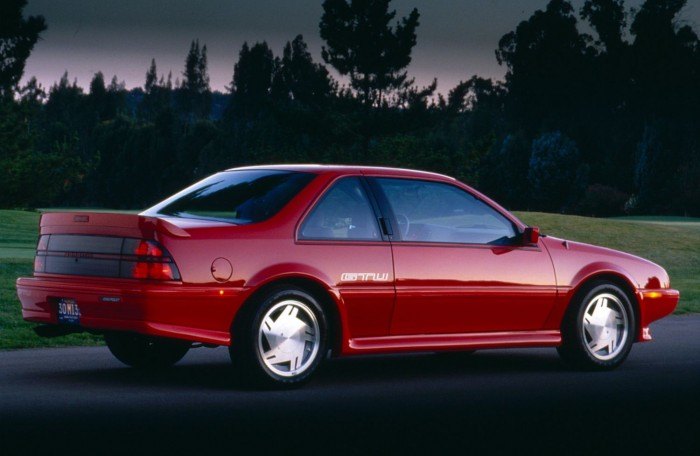

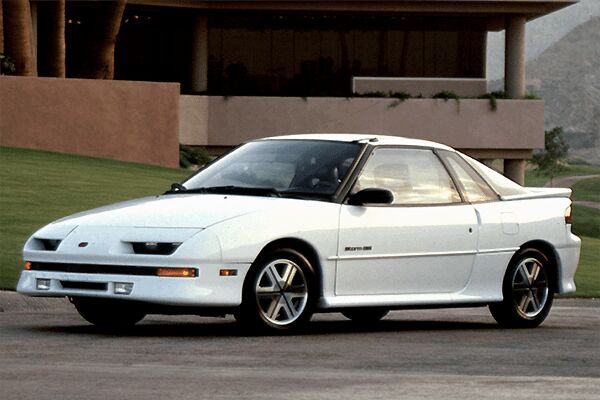
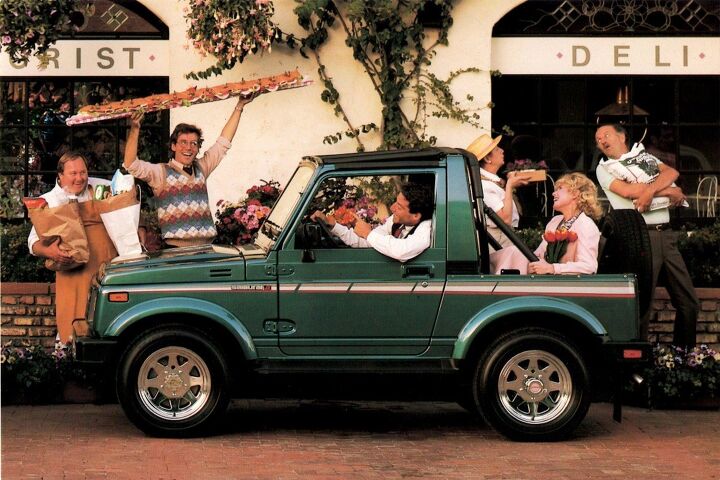
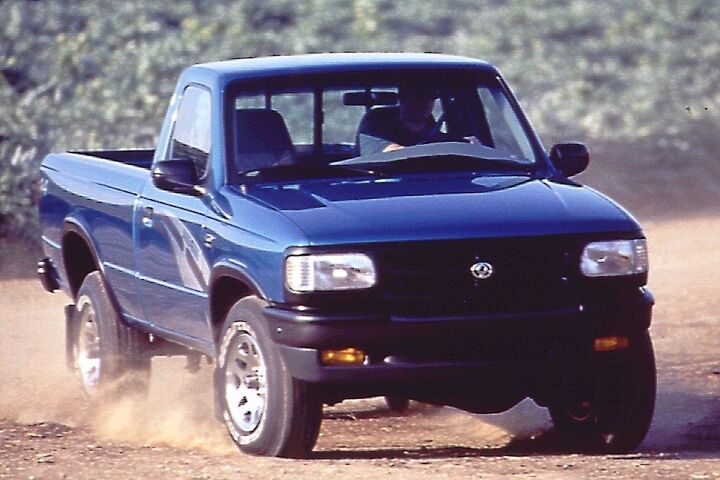

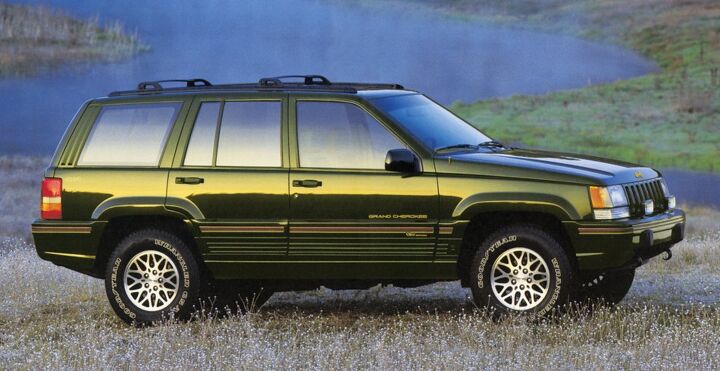














Recent Comments